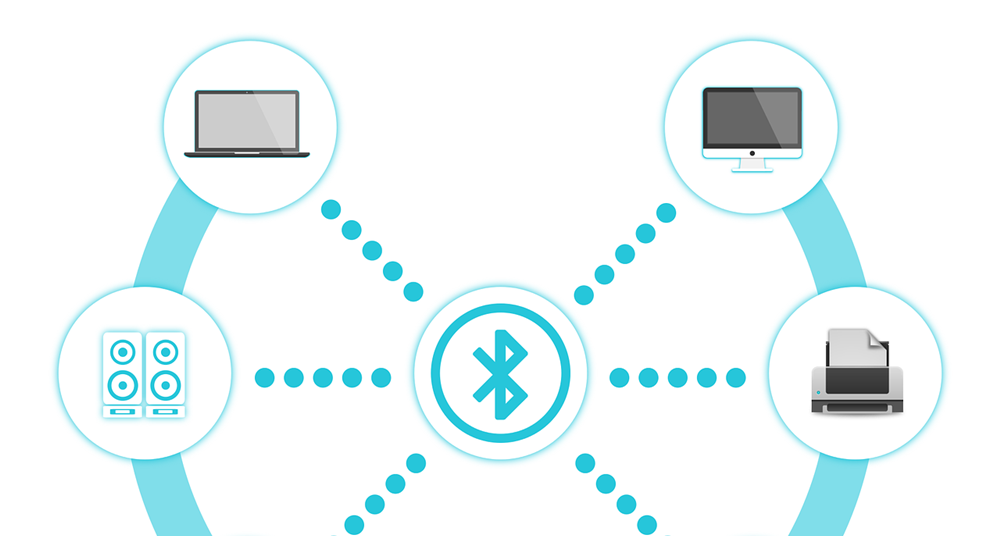
Cassia Networks, an Internet of Things (IoT) connectivity company specializing in long-range Bluetooth, multi-connectivity Bluetooth routers and systems, has announced adding to its intellectual property portfolio with the recent award of U.S. Patent No. 9,960,834. The award is entitled “Methods, Devices and Systems for Increasing Wireless Communication Range.” The Patent is one of several complementary Cassia network patents extending Bluetooth range. Cassia’s previous long-range Bluetooth patents have focused on “smart antenna” capabilities.
The new patent is the next part of a long-range Bluetooth capability, which specifies sensitivity gains and filtering capabilities occurring in a Bluetooth router's front-end hardware circuitry located between the router's antenna and Bluetooth chip. Because of this receiving and transmitting sensitivity gains and filtering, range is extended between the Bluetooth end device and the Cassia Networks Bluetooth router.
“In addition to solving the one-to-one Bluetooth limitation with one-to-many Bluetooth connections, the long-range Bluetooth capability enables new categories of Bluetooth IoT use cases,” said Felix Zhao, CEO, Cassia Networks. “As a result of this new connectivity option, there are increasing enterprise Bluetooth IoT use cases ‘Connecting with Cassia.’”
The patent describes a method of extending the communication range from a Bluetooth Router to a Bluetooth Low Energy end device to 1,000-feet or more. Importantly, this range extension occurs without increasing transmission power, or using Bluetooth 5.
Also, existing Bluetooth end devices do not require physical changes, nor are there any decreases in data through-put. “This patent increases global commercial opportunities for Cassia Networks and, more generally, adds to the use cases for Bluetooth IoT,” said Zhao.
Bluetooth wireless range extension is typically pursued by increasing transmission power or antenna gain on both side of a radio frequency (RF) transmission, or by connecting sensors in a “mesh” topology. However, these approaches to range extension diminish the fundamental design advantages of Bluetooth, including: low power, data through-put capacity, and low-cost end devices.
Chrissie Cluney has been a correspondent for IoT Evolution World since 2015. She holds a degree in English with a concentration in writing from the College of Saint Elizabeth.
Edited by
Ken Briodagh





